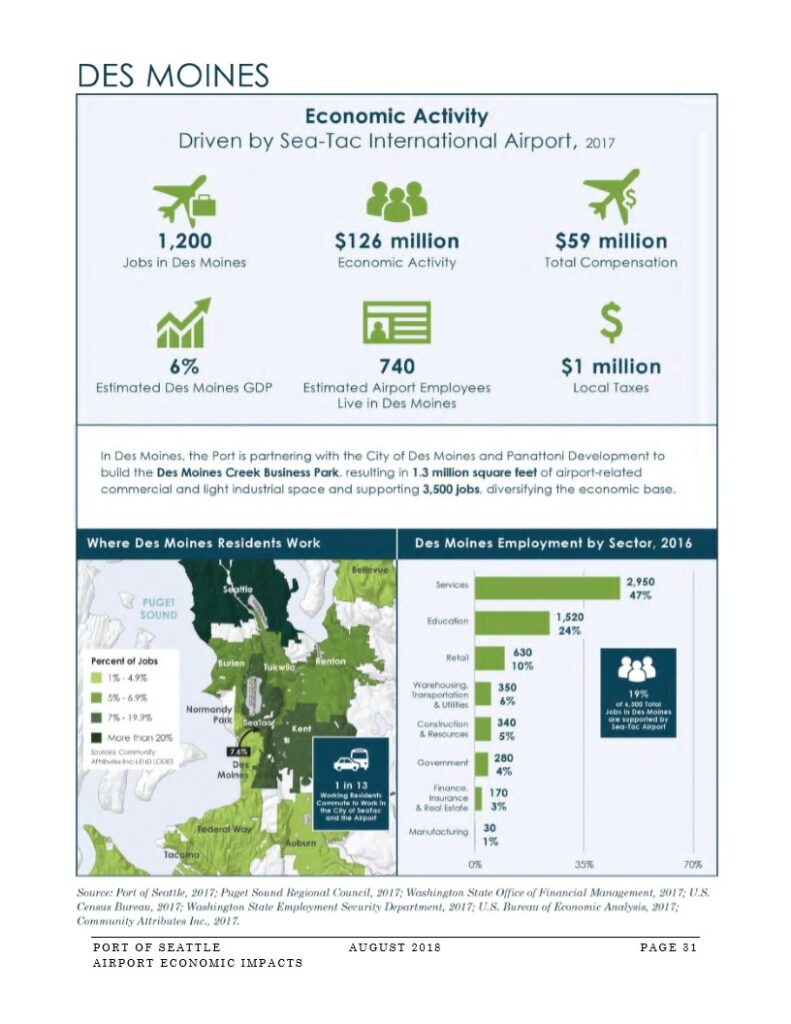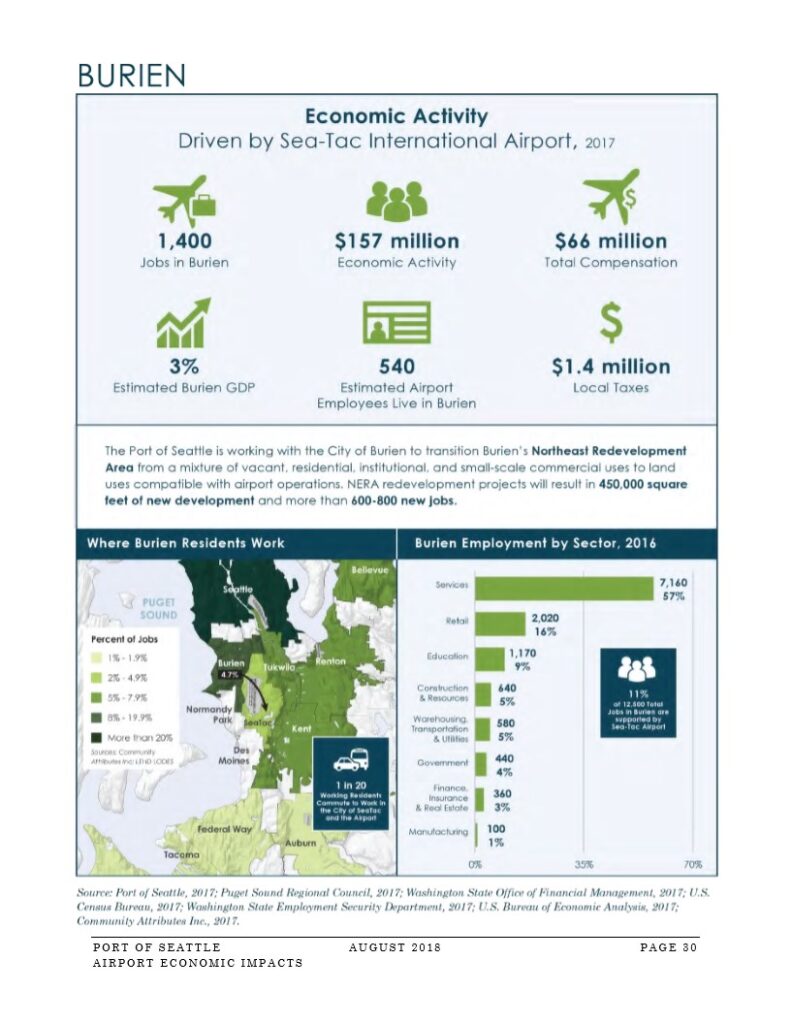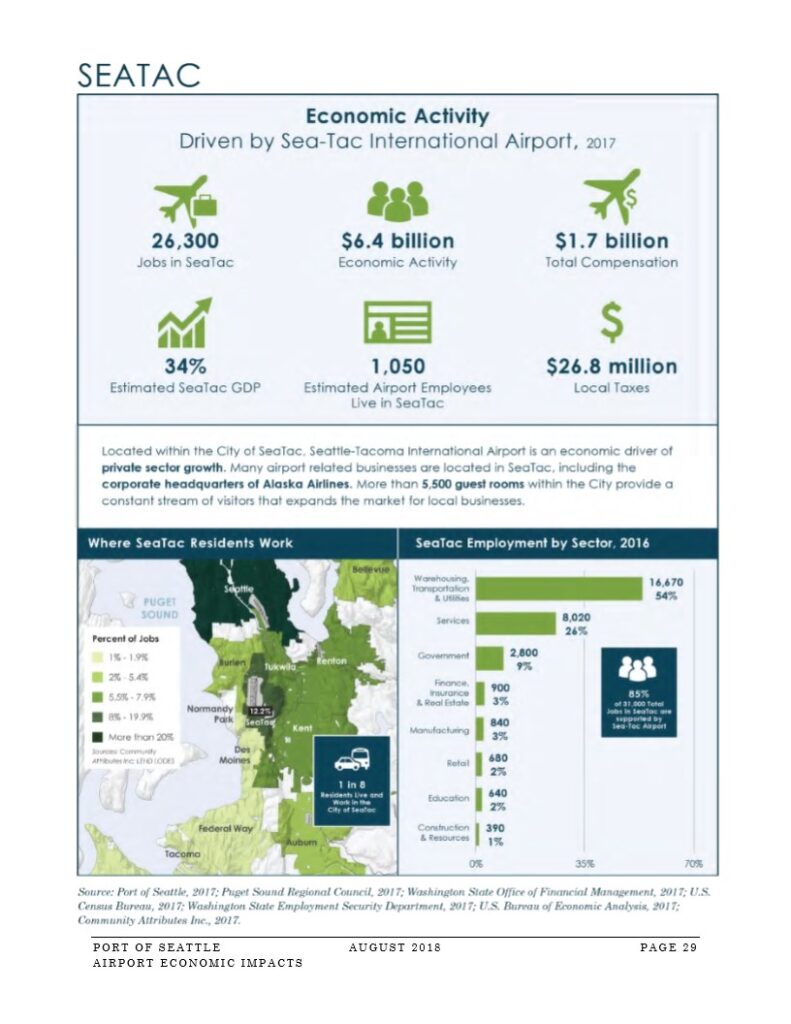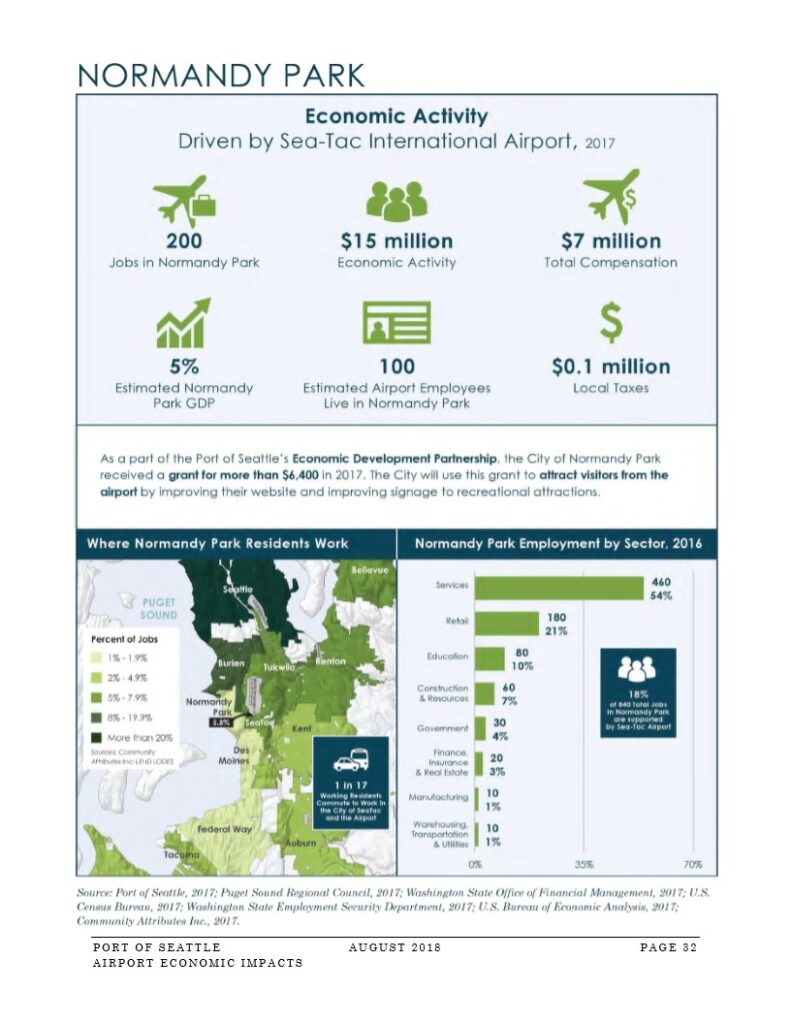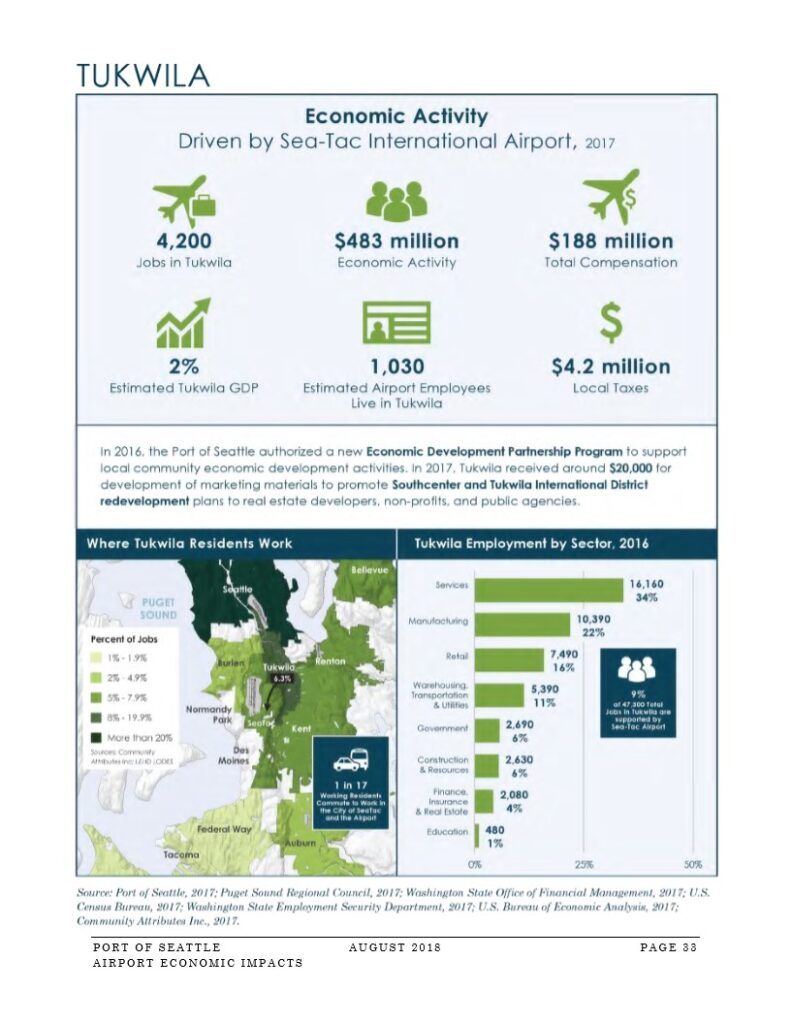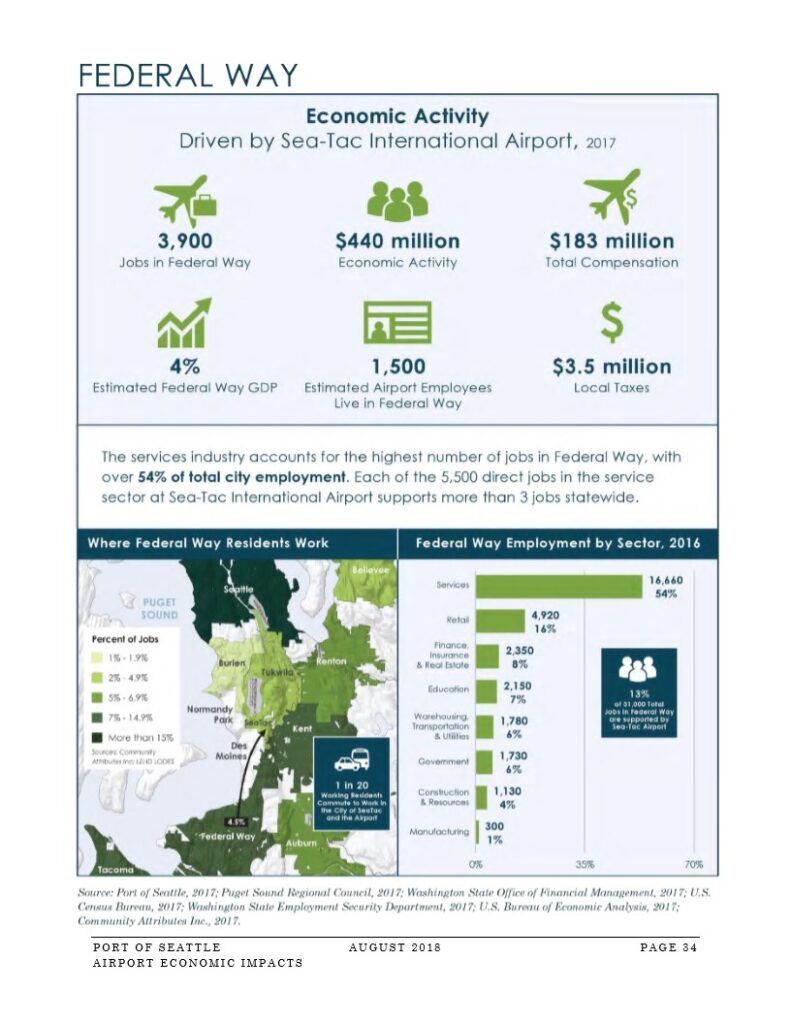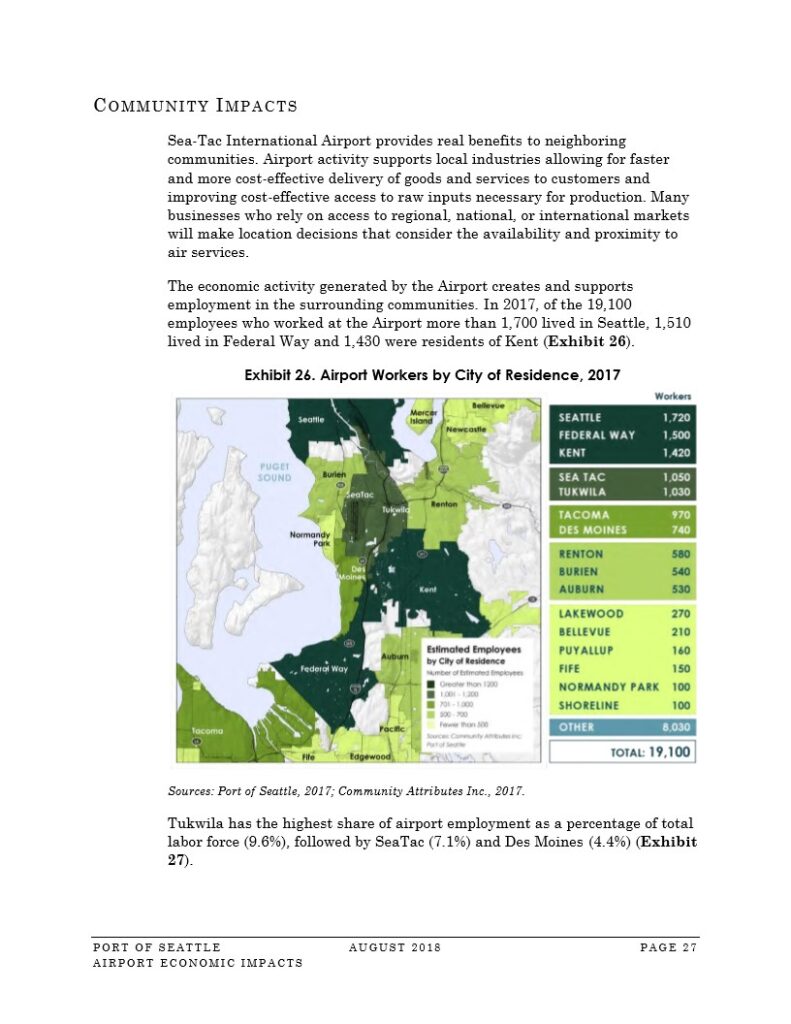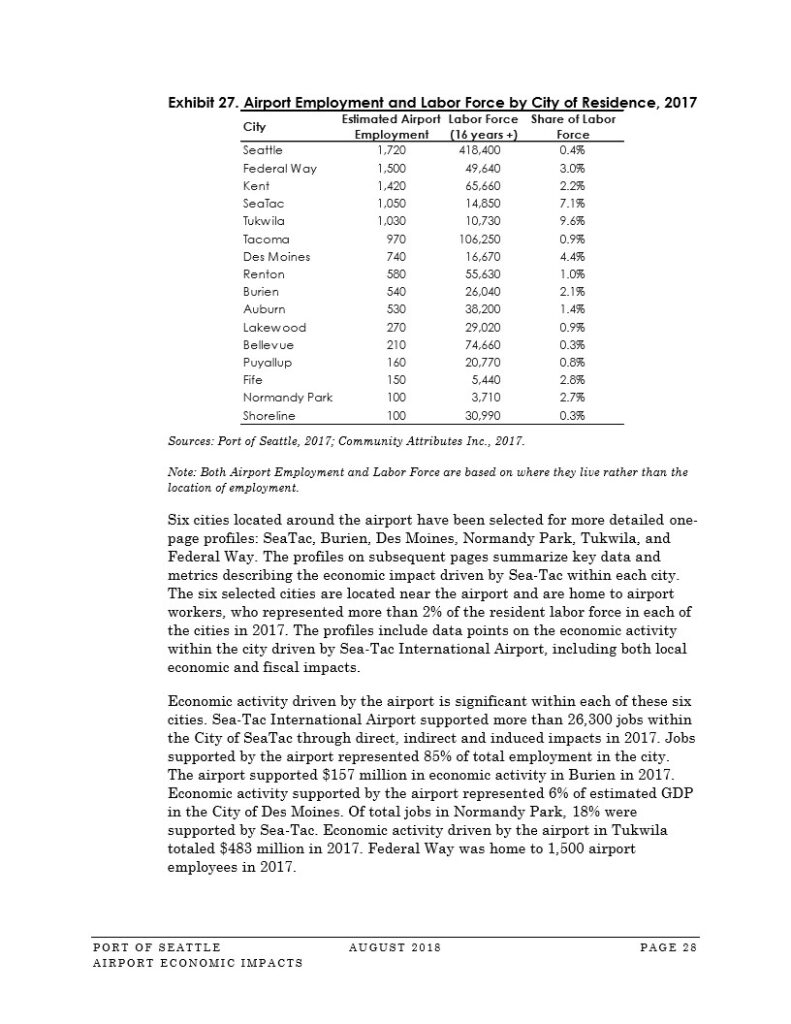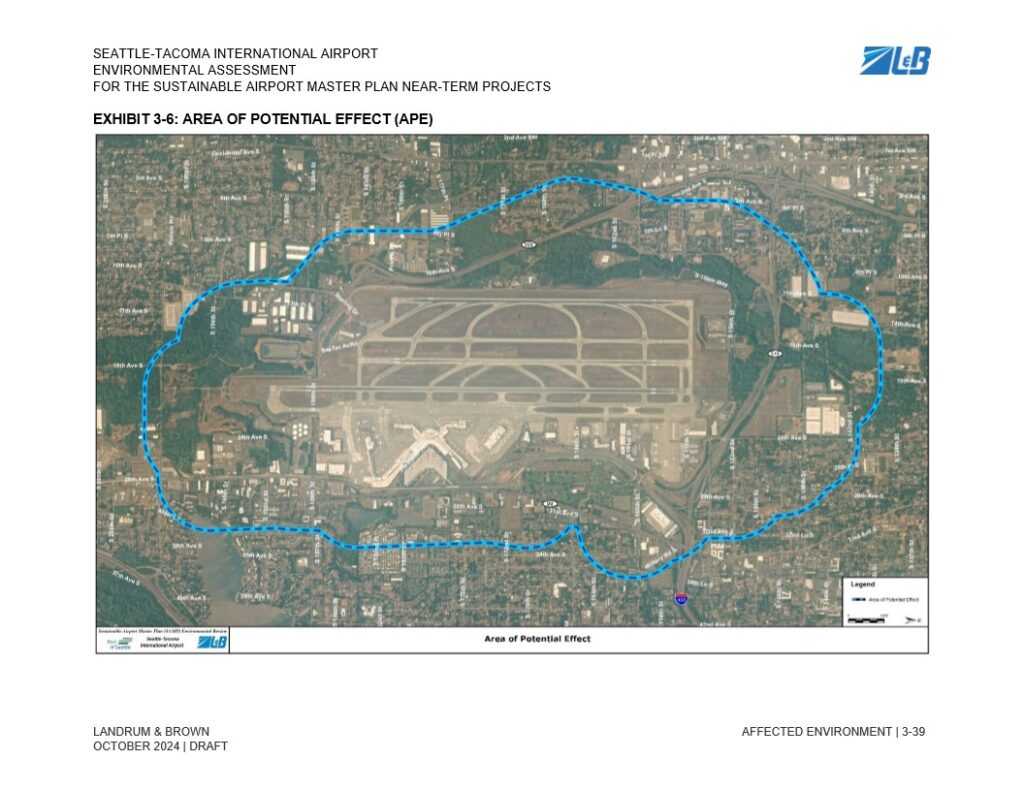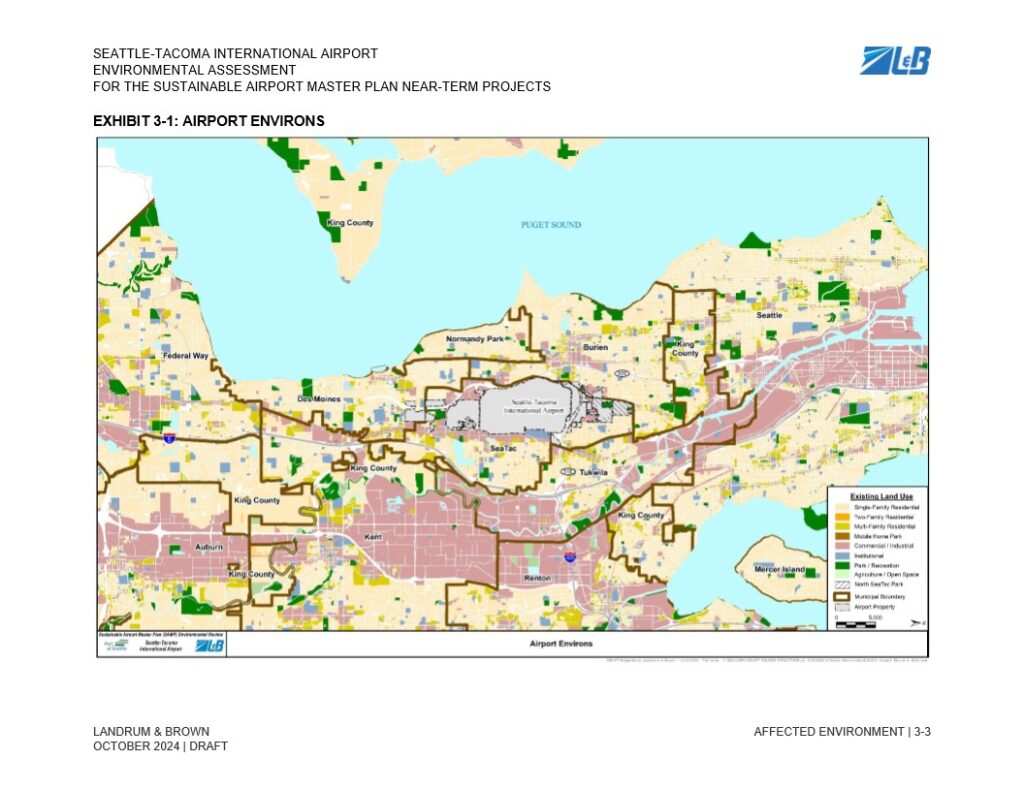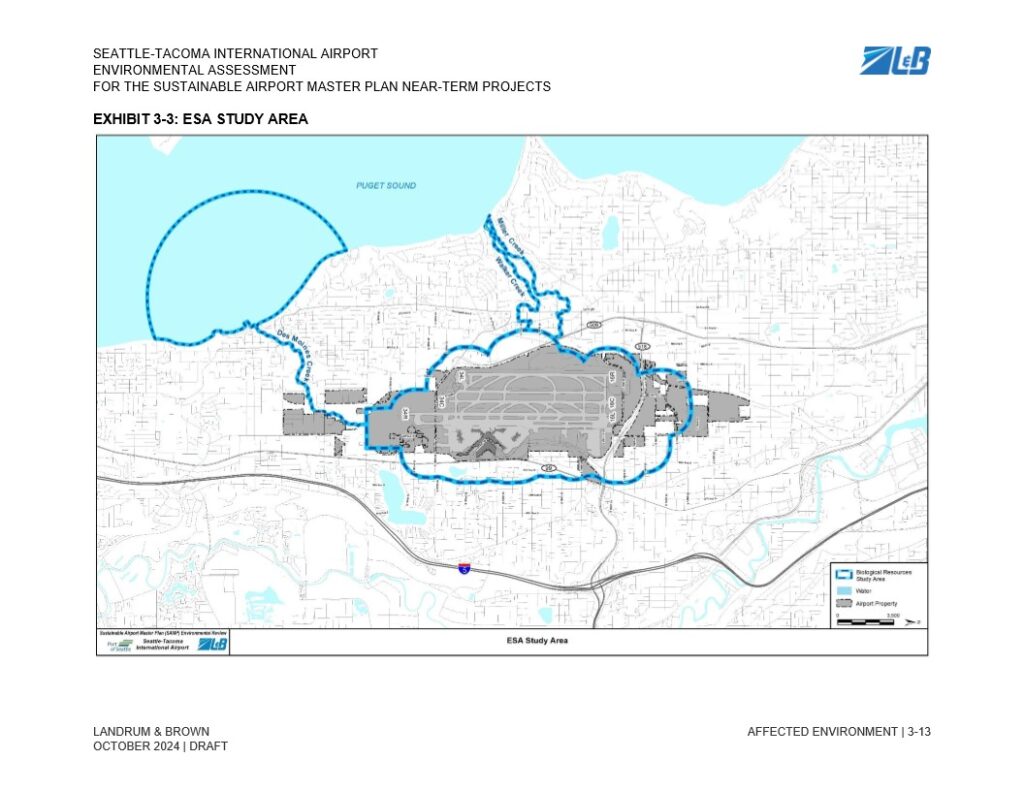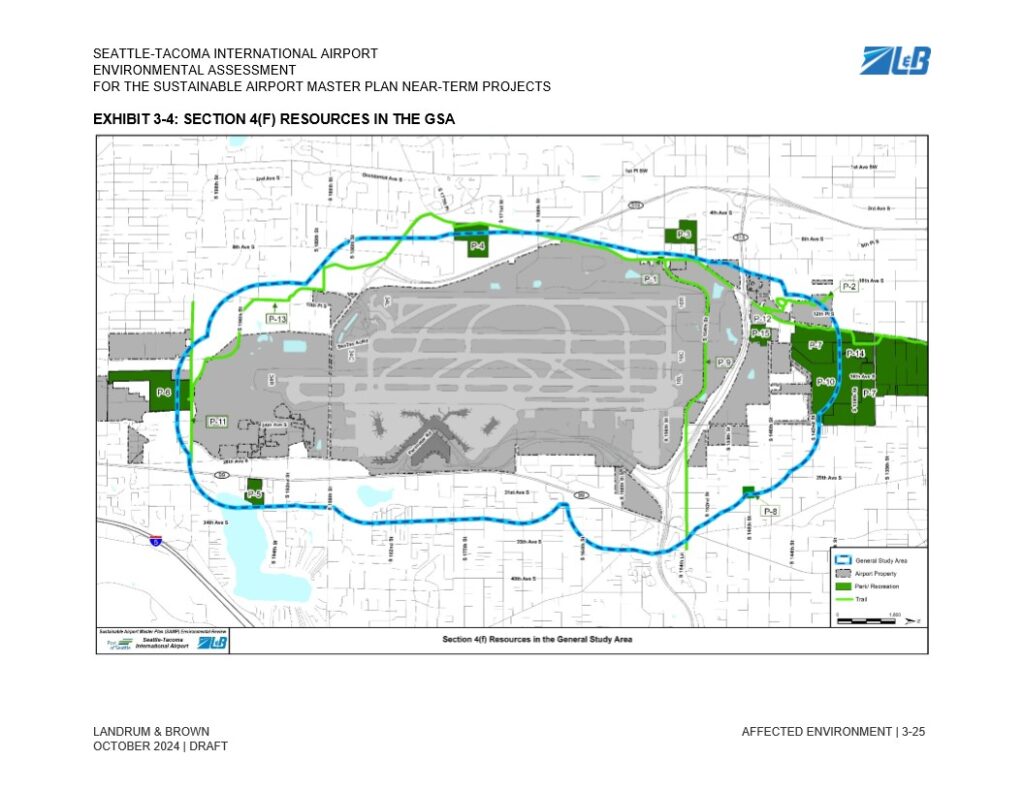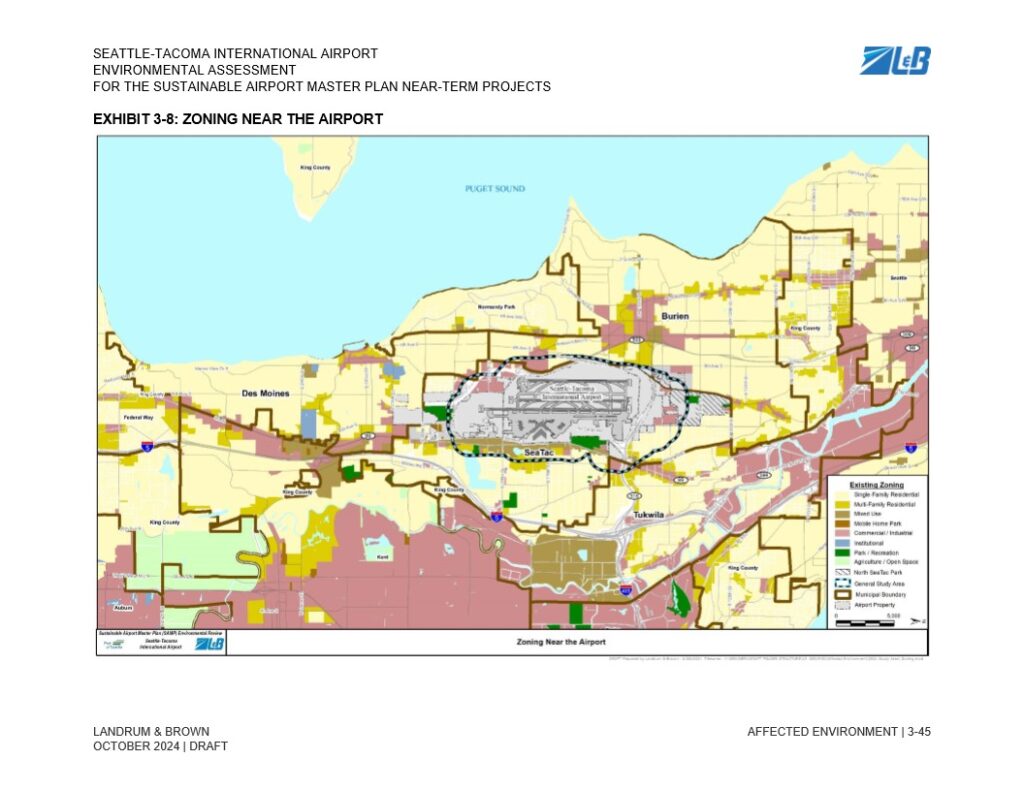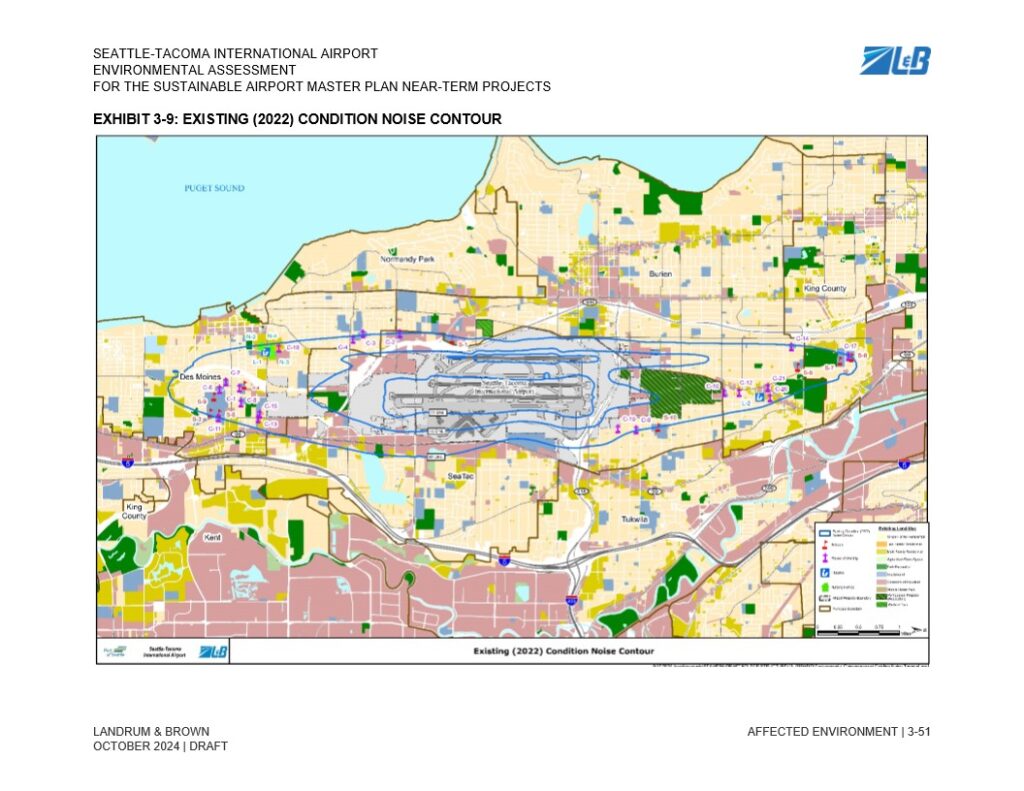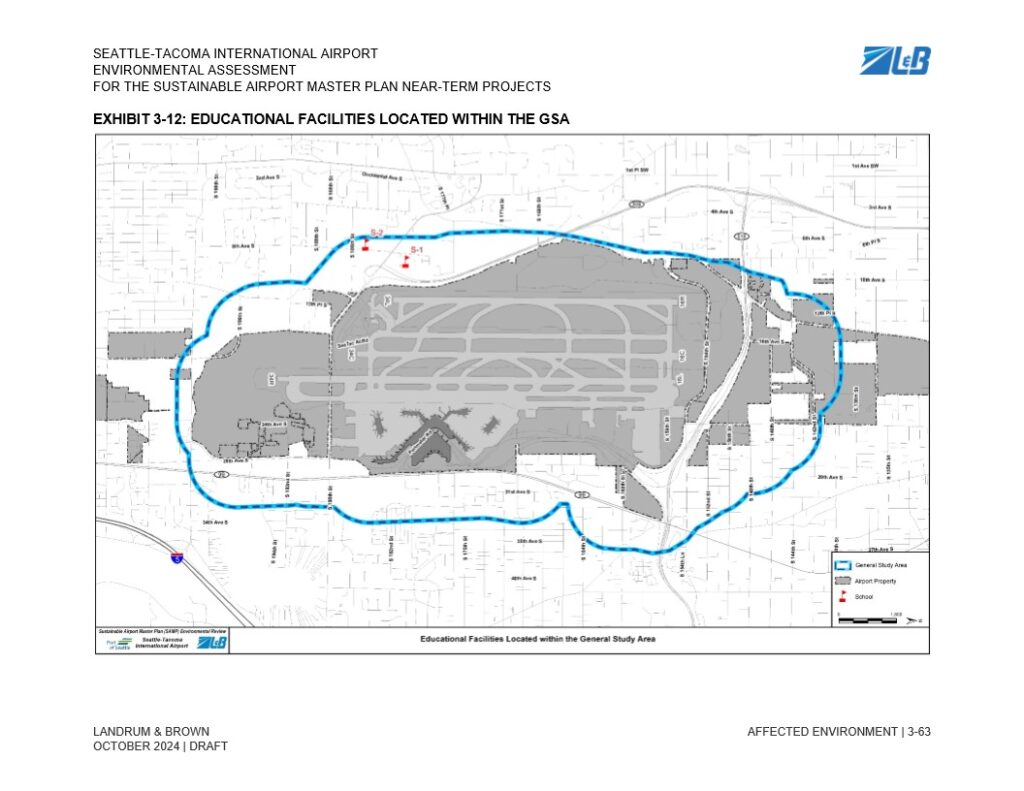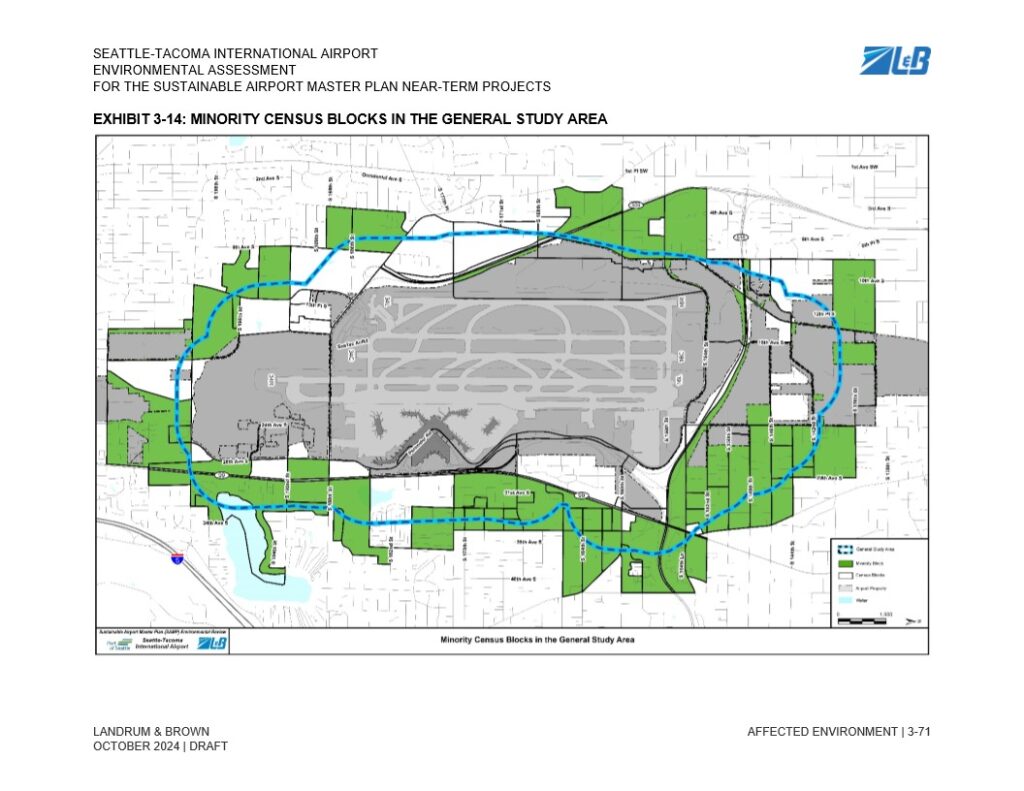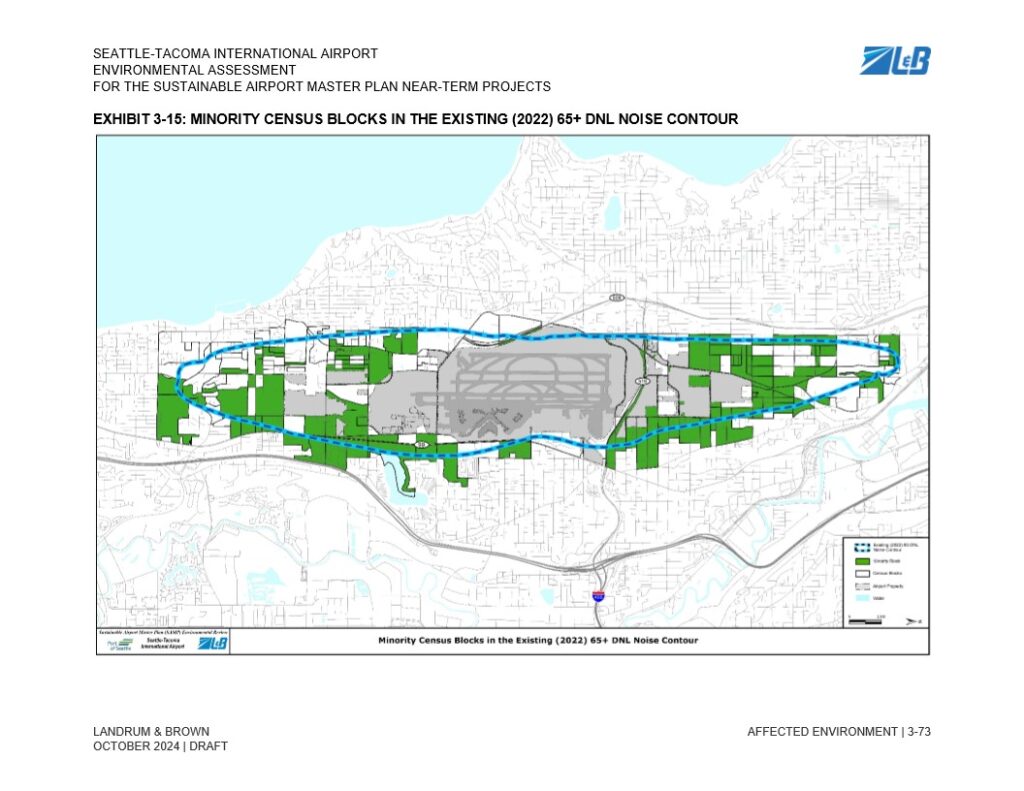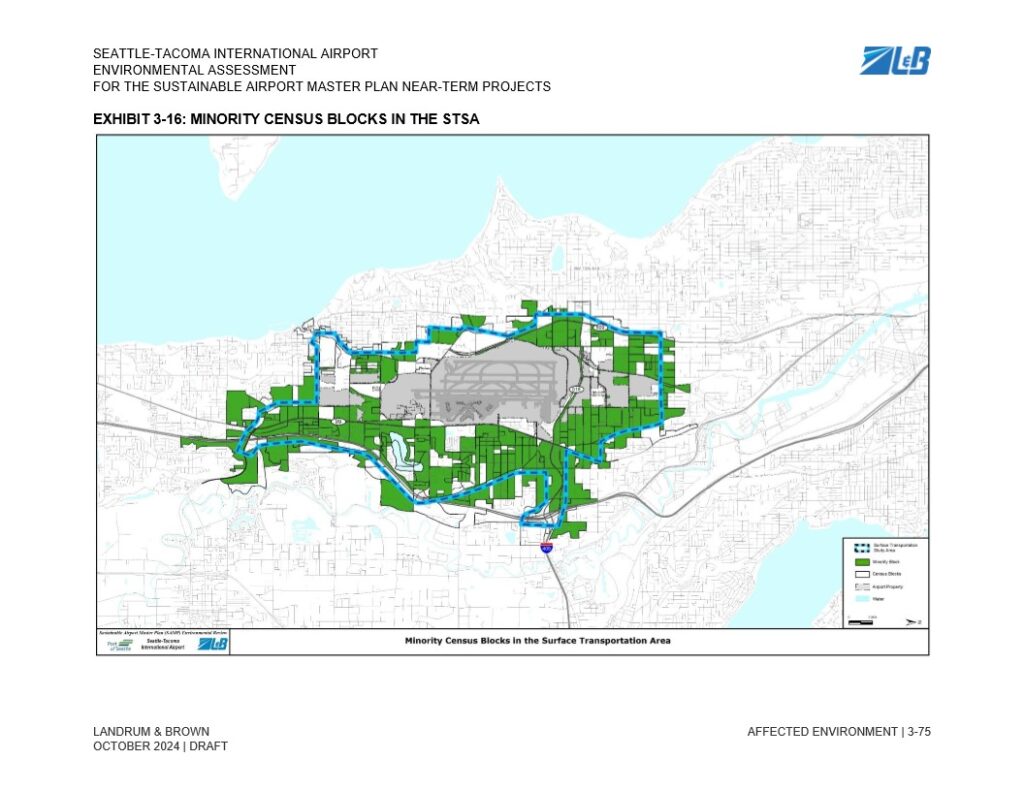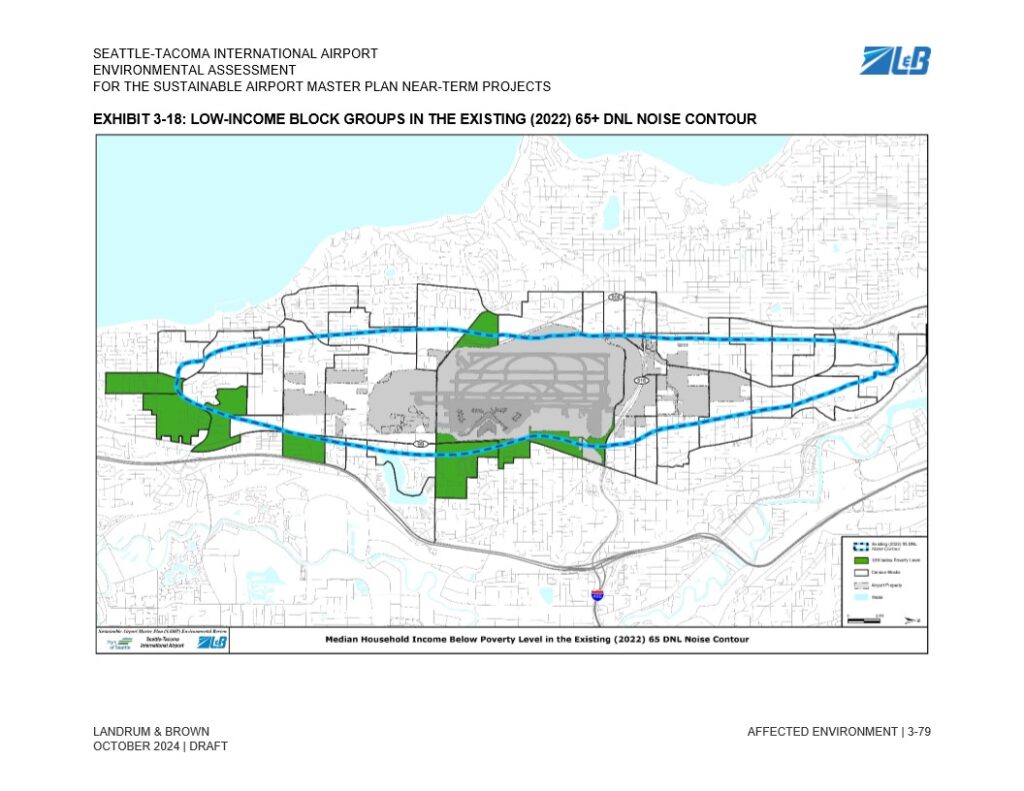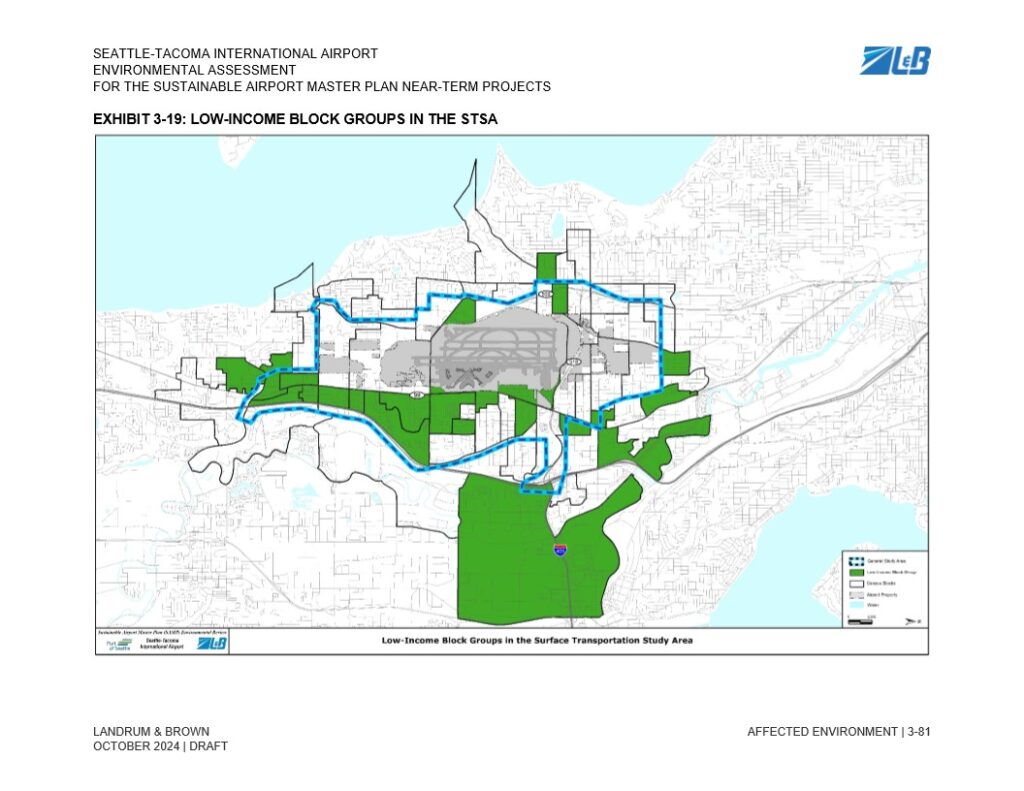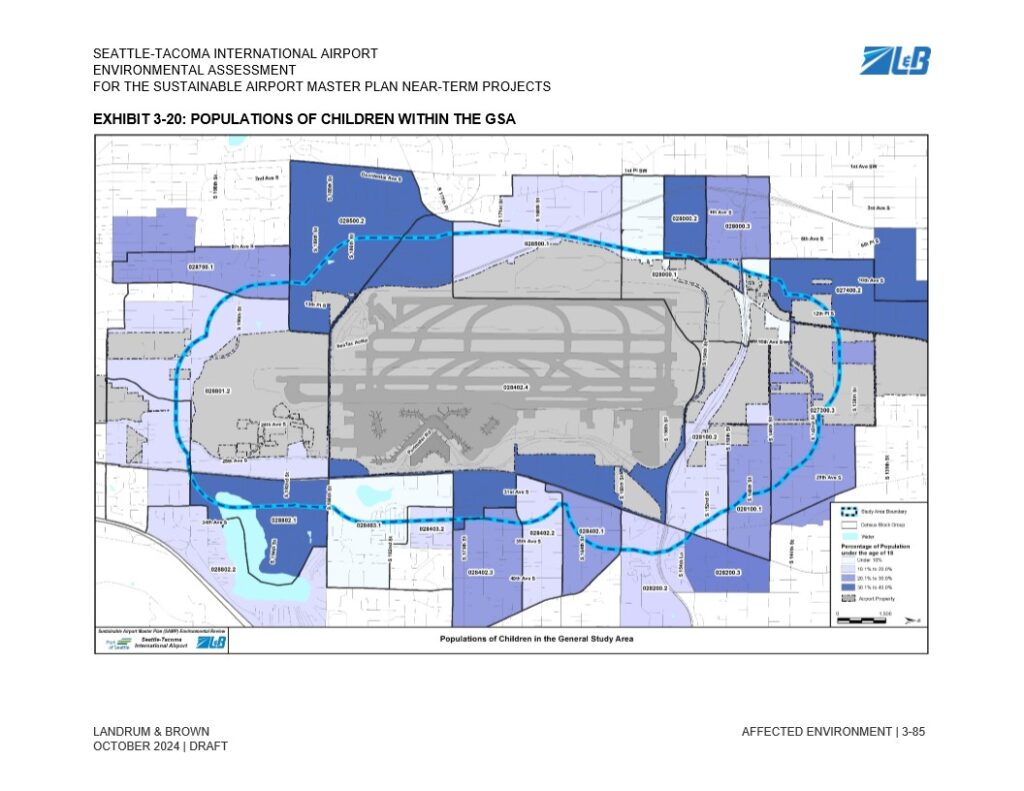During the Sustainable Airport Master Plan Draft EA Comment Period (SAMP) we know most people will focus on the noise and pollution. However, we also hope that readers, and especially cities, will focus on other areas which may prove just as useful in obtaining long term solutions.
Socioeconomics, Environmental Justice and Childrens Health
Every environmental review contains chapters that are not directly related to ‘noise’ or ‘air pollution’ but nevertheless must also be taken into account. In the SAMP Draft EA, Appendix K: Socioeconomics, Environmental Justice and Childrens Health, is very important.
After a few pages acknowledging the challenges of our communities, the majority consists of a 2018 Economic Impacts Study the Port did for all airport cities.
Appendix K is especially important, because unlike various environmental impacts, which can be very difficult to refute without expensive specialist analysis, cities know their economies and finances better than anyone else. A core argument of the Port of Seattle has always been that the economic benefits of the airport, not merely for King County, but down to individual neighborhoods under the flight path, swamps any of the negative externalities.
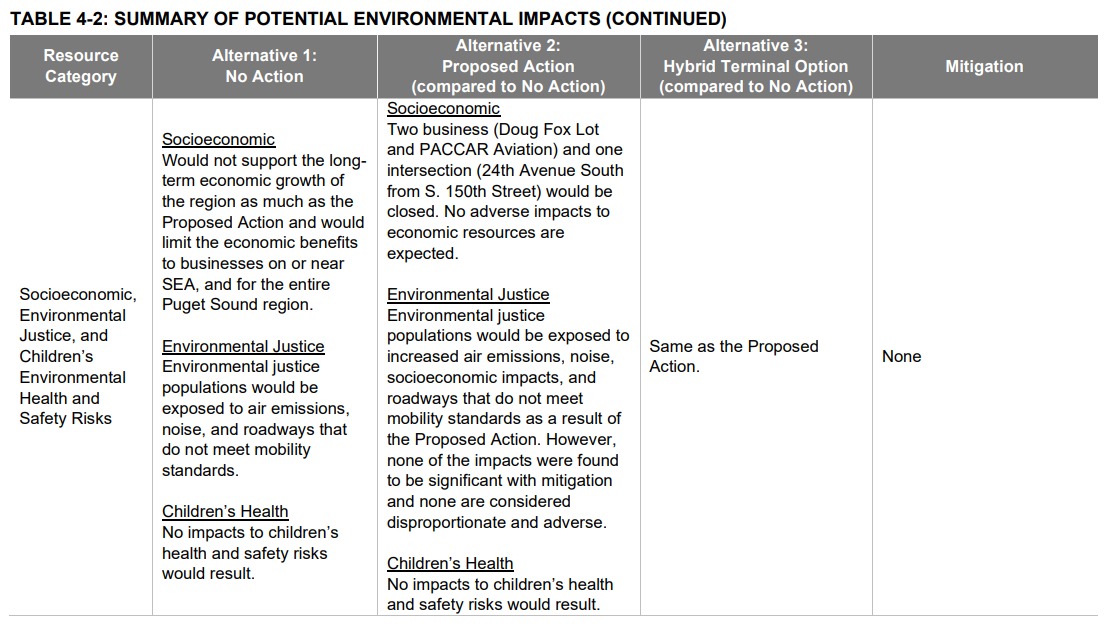
We question all of their numbers, especially for Des Moines and Burien. We also note that this data is taken from 2018. Given the reality of post-COVID South King County, this likely does not reflect the current state of our local economies. In fact, only the Port of Seattle is in a healthy place economically.
The 900 lb. APE
We also strenuously object to the given study area, which the Draft EA refers to as the Area of Potential Effect (APE). Any reasonable person understands that the lived impacts of the airport extend far beyond this boundary; and by that we do not just mean noise. The Port’s own support facilities, bought with FAA ‘noise land’ dollars, extend that boundary far beyond ‘airport property’.
At a minimum, the study area should look a lot more like the DNL65 as it applied to the Third Runway.
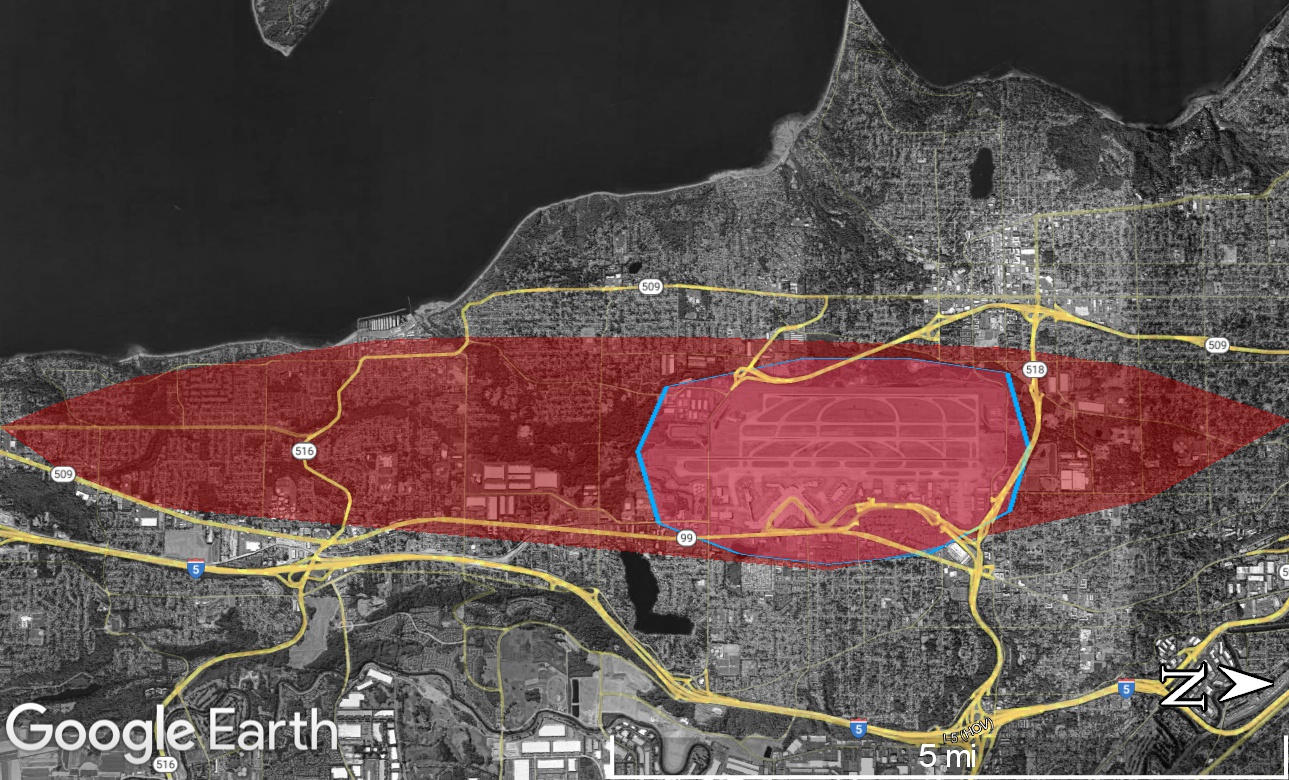
Chapter 3: Affected-Environment
As just one example, the APE completely ignores the educational impacts to neighborhoods directly under the flight path in Federal Way Schools and Seattle Public Schools in the Beacon Hill area.
The Draft EA acknowledges that all our communities are under-served and are considered Environmental Justice Communities. But the SAMP also argues that none of those impacts are caused by the airport. The Draft EA contends that every challenge to community welfare can be explained away by other causes (roadway pollution, ongoing social trends.)
From the perspective of the SAMP, all the challenges our communities face would occur despite the presence of the airport. According to the Draft EA, the airport is not only an essential benefit to the region, it has actually improved all our communities, and thus the expansion of airport operations will only further those net positive impacts!
Summary
We cannot allow these assertions to go unchallenged. To protect our communities, we must counter these false narratives, as much as we do the noise and pollution, which usually get all the attention in these discussions.
A primary goal of this environmental assessment is to obtain a full Environmental Impact Statement. Not only has the Port misstated its value to the community, it has attempted to argue that these false benefits are acceptable substitutes for the real harms to our communities. This is outrageous We must insist that the FAA/Port go back to the drawing board. We are confident that when the facts are known, they will show that the airport has not been a net positive for people living under the flight path. And that will open the door to genuine, long-term community mitigations.
